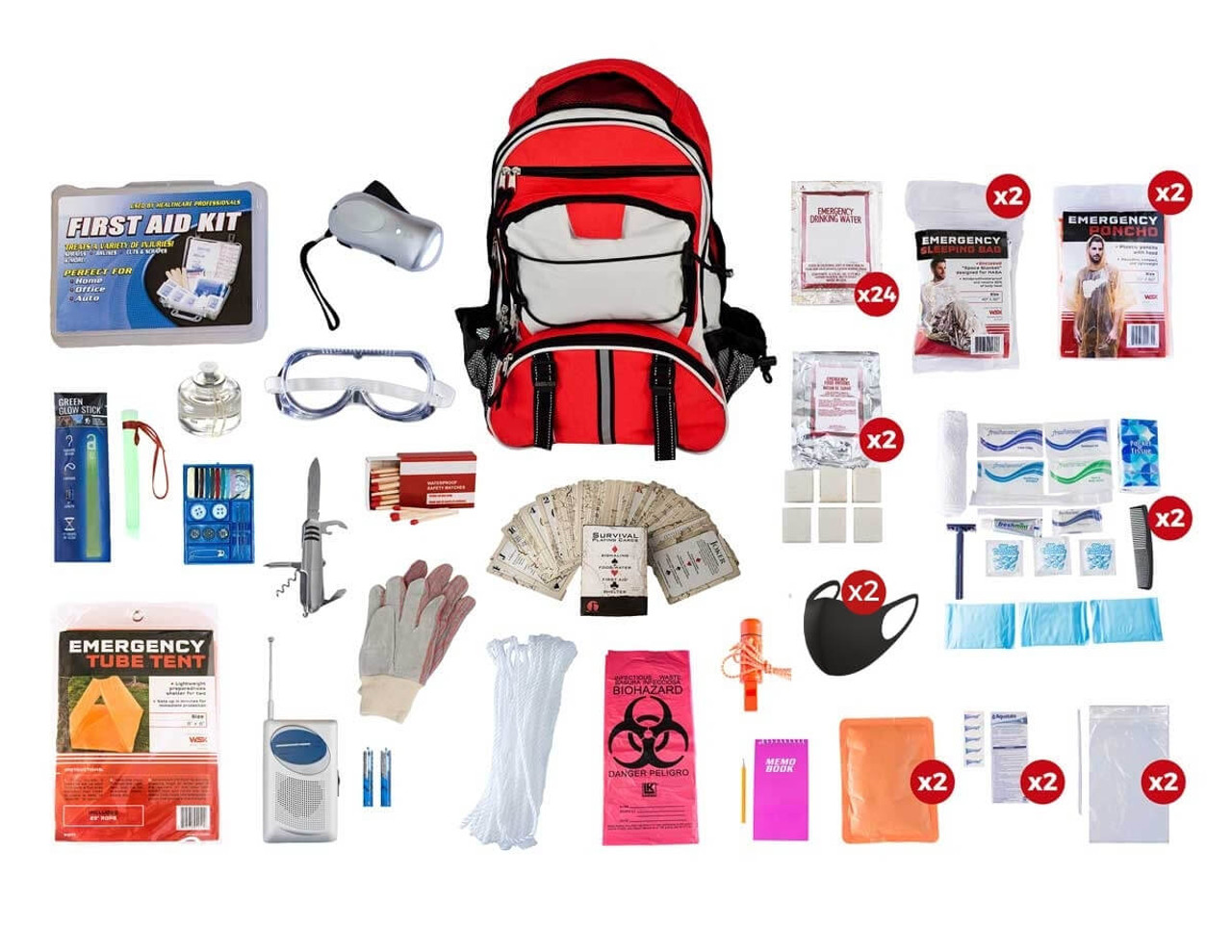Vital Emergency Readiness Tips for Survival
From setting up a well-equipped emergency kit to establishing clear interaction channels and discharge paths, there are numerous crucial steps that can make a significant difference in the face of misfortune. By proactively attending to these key facets of emergency preparedness, you can significantly boost your chances of survival in difficult scenarios (EMERGENCY PREPAREDNESS).
Building an Emergency Situation Kit

Begin by including non-perishable food things like tinned items, granola bars, and dried fruits that have a lengthy service life and do not require food preparation. Remember to load a manual can opener also. Furthermore, store a minimum of one gallon of water each daily for a minimum of 3 days in tough containers.
Standard emergency treatment materials are vital. Consist of products such as adhesive tapes, antiseptic wipes, discomfort relievers, and any necessary prescription drugs. A flashlight with additional batteries, a multi-tool, and a whistle ought to also be in your set. Maintain copies of important papers like identification documents, insurance policy plans, and emergency call info in a waterproof container. By assembling a well-balanced emergency set, you can much better prepare yourself for unexpected occasions and enhance your chances of remaining safe throughout a crisis.
Establishing a Communication Strategy
Setting up an emergency set with necessary products sets a strong structure for preparedness; currently, turning to the growth of a communication plan is critical for guaranteeing reliable control and information circulation during times of dilemma. A well-balanced interaction plan is necessary for maintaining individuals notified, linked, and safe in emergency circumstances. Beginning by developing a chain of communication that consists of household participants, next-door neighbors, and pertinent authorities. Make certain that every person recognizes exactly how to reach each various other and mark an out-of-town get in touch with as a main factor for information sharing. Utilize several interaction approaches such as sms message, telephone call, social media, and emergency alert systems to guarantee info reaches everybody immediately. Exercise your interaction plan consistently to make sure every person recognizes their responsibilities and duties. In addition, think about aspects like language obstacles, availability requirements, and technological restrictions when creating your interaction method. An efficient communication plan can make a significant distinction in managing emergencies successfully and guarding the wellness of all involved.

Developing Evacuation Paths
To make certain reliable emergency feedback and security procedures, establishing clear emptying paths is vital in preparedness planning. Emptying courses should be predetermined and interacted to all individuals in an offered area to guarantee a swift and arranged discharge in times of crisis. When establishing discharge routes, it is vital to take into consideration multiple options to account for different situations, such as fires, floodings, or various other emergencies that may block main retreat courses.
The picked evacuation routes ought to result in designated safe areas where individuals can seek shelter and await more instructions or assistance (click here to find out more). These courses must be well-marked and quickly available, taking into consideration the needs of all people, including those with handicaps or movement constraints. Regular drills and technique runs along these emptying paths can aid familiarize people with the retreat courses and make certain a much more effective discharge process during actual emergency situations
In addition to physical discharge courses, it is essential to have alternate interaction approaches in place to relay discharge guidelines and updates successfully. By developing and frequently evaluating evacuation courses, neighborhoods can improve their total emergency situation readiness and feedback capabilities.
Understanding Basic First Aid
One basic facet of emergency situation readiness is acquiring understanding in fundamental first aid treatments. In times of situation or catastrophe, being able to offer immediate medical aid can make a substantial distinction in saving lives. Learning standard emergency treatment equips people with the abilities to react and examine to clinical emergencies and usual injuries successfully.
Basic first help training normally covers vital techniques such as mouth-to-mouth resuscitation, wound treatment, bandaging, splinting, and acknowledging indicators of shock or respiratory system distress. Resources. Recognizing just how to administer these standard interventions correctly can stabilize a person's problem till expert medical help arrives
Furthermore, having a fundamental emergency treatment package conveniently offered is important in emergency situation circumstances. The set should consist of crucial products like bandages, antiseptic wipes, gauze pads, sticky tape, scissors, tweezers, and gloves. Recognizing just how to utilize these items appropriately can avoid infections, stop hemorrhaging, and offer comfort to those in need.
Securing Vital Papers

Verdict
Building an emergency package, developing a communication strategy, establishing emptying paths, finding out standard first aid, and safeguarding important files are crucial steps to take. It is essential to prioritize emergency situation preparedness to guarantee preparedness for any kind of potential crises that may develop.
From constructing a well-equipped emergency set to developing clear interaction networks and discharge routes, there are several essential actions that can make a considerable distinction in the More Info face of misfortune.To ensure effective emergency reaction and security procedures, developing clear discharge courses is extremely important in readiness preparation. When developing discharge courses, it is crucial to think about several choices to account for different situations, such as fires, floods, or other emergency situations that might obstruct key escape courses.
Normal drills and method runs along these emptying paths can help familiarize individuals with the escape courses and make certain an extra effective emptying process throughout real emergencies.
Developing an emergency kit, creating an interaction plan, establishing evacuation paths, learning fundamental very first aid, and securing vital papers are vital steps to take.